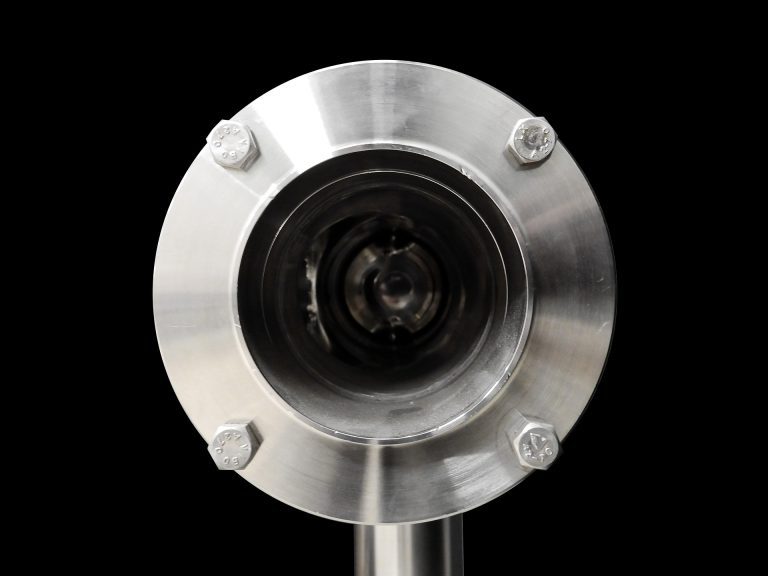Mental Health Awareness Week: 13-19 May 2019 In our digital age, technology is often considered to be a big stressor for our mental health. Research and health warnings have helped us to realise that social media and too much screen time can increase the risk of depression and anxiety. With so much awareness around the topic now, we’re becoming more mindful as a nation and looking at ways to make changes. However, technology can work well in steering us into creating positive habits and boosting our mental health. To help deal with rising levels of anxiety and depression, many of us now use health apps as part of our daily routines, including Headspace, Calm and Stop, Breathe & Think. Does your business function in a way that works to combat stress in the working environment? Read our guide below to understand how businesses can employ technologies to help address the issue. Find out if your business could do more… 59% of UK adults claim their biggest cause of stress is their workplace 59% of UK adults experience workplace stress (Perkbox), making it the most common cause of stress in the UK. What’s more, over one in five experience moderate-to-high levels of stress at work several times a week. The biggest work-related contributor to stress is long working hours, which impacts 21% of people. Happiness in a job is essential to employee productivity; 39% work harder if they’re happy in their current job or workplace (One4all). Artificial intelligence (AI) can help drive business efficiency Productivity is the holy grail businesses across the world are trying to achieve, and a lot of them are turning to technology to help. Innovations like artificial intelligence (AI) are driving efficiencies by eliminating manual, repetitive and time-consuming tasks like data re-entry. Employees with jobs that require a lot of manual data input could save hours by using technology that now comes as standard in many of the latest versions of the software solutions they use daily, like their financial systems or CRM solution. While this functionality is built into a lot of these programmes now, it’s the latest versions, meaning businesses operating on older legacy systems won’t reap these benefits. Plus, old clunky software that is difficult to use can make an employee’s job even more difficult. Additionally, Randstad found that one of the top factors in employee satisfaction is having the latest digital and technology tools. Improve remote employees engagement levels with intranet solutions The businesses most likely to report issues with employee engagement are those with frontline or remote workers; 21% of businesses cite low engagement amongst frontline staff as a barrier, while 78% believe connecting with those employees is the key to success (Harvard Business Review). Many studies evidence the advantage of offering remote working to your employees, with improved satisfaction, increased productivity and a better work-life balance just a few of the benefits, it can be easy for those workers to feel out of the loop with the office and company culture; 21% report feeling lonely and struggle with communication. A lot of businesses are engaging and communicating effectively with these workers by using intranet solutions. By keeping up-to-date with key business updates and more informal topics, remote workers feel like they’re truly a part of your organisation’s culture. You can use this space to share social media feeds, event details or even take the opportunity to publish focus pieces on those remote workers to introduce them to the rest of your workforce. Alleviate pressure on staff with time management technologies Thanks to our always-on culture and high workloads, we’re working longer hours than ever before. Employees often feel obligated to either work longer hours or to be contactable and working outside of hours, with 50% of people checking their emails outside of work (Dissent). Working more hours than standard can affect health, as the Australian National University found anything over 39 hours a week could be detrimental to health. To gain control over workloads and reduce the pressure they put upon themselves, employees can use time management technologies. Ultimately, management must play a role in helping employees to reduce extensive working hours, but workers can proactively take steps to support themselves. Time management tools are available to individuals for free, or as part of wider business solutions. From personal to-do lists to more comprehensive team or business-wide solutions where tasks can be assigned with a deadline and space for updates, the sky is the limit. The key to reducing stress at work: a blend of technology & support from management There isn’t a magic catch-all solution that exists to solve workplace stress. In addition to using technology to manage stress, employees must be supported by their managers and businesses. But, amidst all of the headlines that identify technology as a killer of productivity and mental health, it’s reassuring that it can also be used to vastly improve them, too. Article produced by Natasha Bougourd from TSG, a UK firm and provider of managed IT services, specialising in IT support and solutions, security and applications including Office 365 and Sage.










